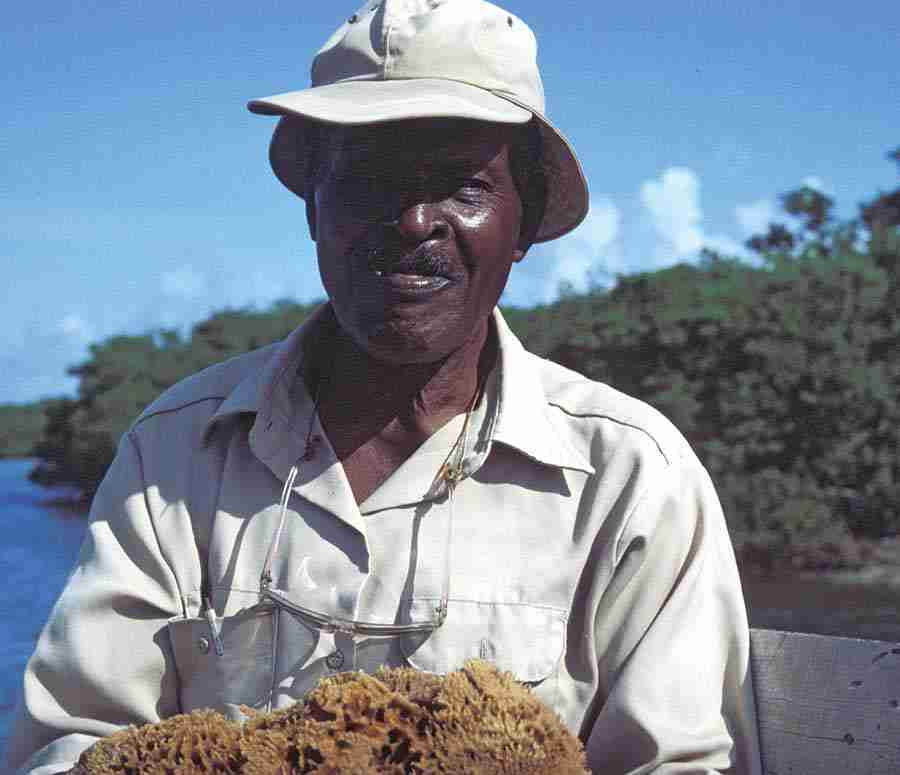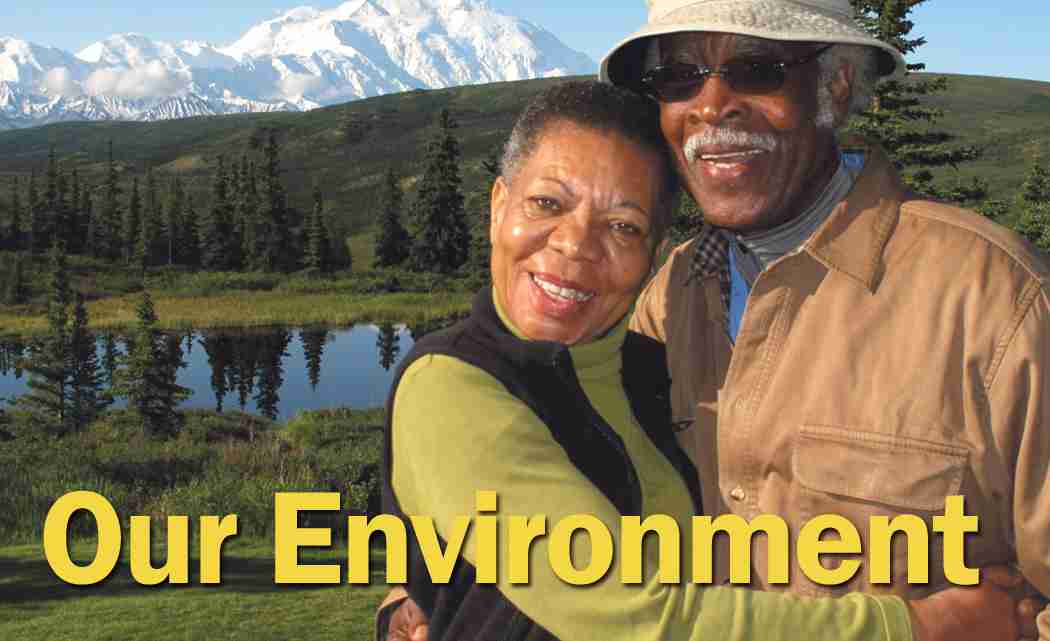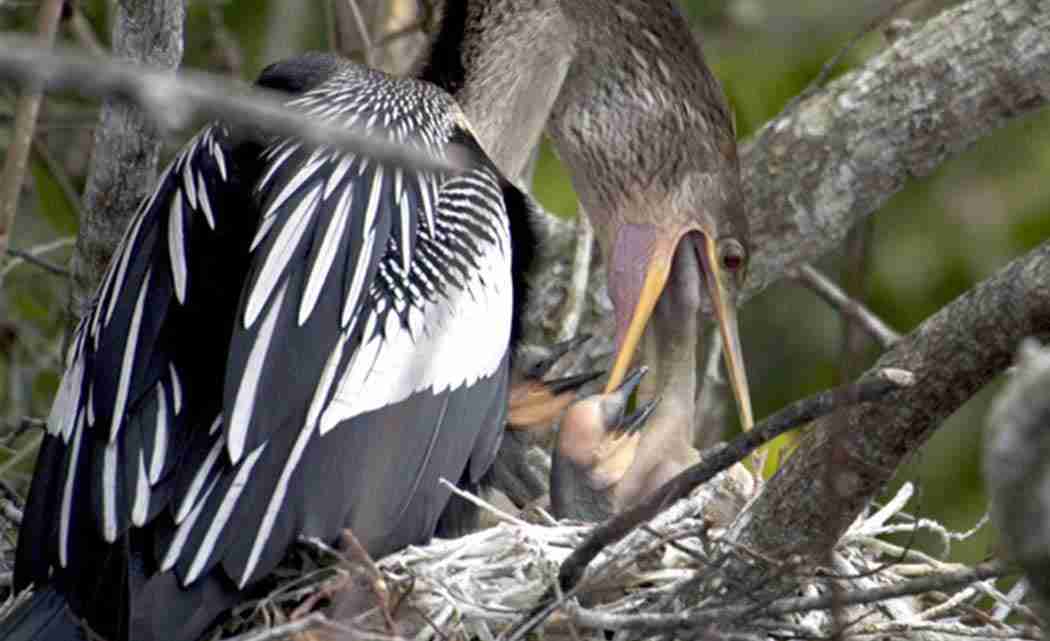If money is our measure of worth, then the news that President Obama proposed an additional $2 billion in his 2016 budget to fund the National Park System should elevate the parks in our awareness, at least as an item of curiosity. In these days of strained budgets, why would the President send such a huge dollar request to an anti-environmental Congress if he did not consider our national parks vitally important? Even more strikingly, the President specifically designated that some of this money should go towards connecting urban people (read black and brown) to the parks, with $20 million annually dedicated to giving our youth the national park experience.
South Floridians can benefit from this increased focus on our national parks more than almost anywhere else in the country, because it is here that the impetus to connect urban people with the parks developed. In 1995, Frank and I came back from our road trip driving from Fort Lauderdale to the farthest point west in Washington State, enraptured by the spectacular beauty of nature we had experienced. We immediately began sharing our discovery – that legendary places such as the Grand Canyon, Yellowstone, Yosemite and the Badlands are part of a grand collection of natural treasures protected and managed for the American people in something called the National Park System.
To get the word out, we began publishing a monthly newsletter, Pickup & GO!, extolling the benefits of getting to know our country by using the national parks as our vacation destination. We emphasized that we had never felt threatened the entire two months we were on the road and in the woods, and that the parks have hotels and lodges either inside or nearby so there’s no need to “rough it.” We also shared our amazement that among hundreds of thousands of visitors we saw having a wonderful time sightseeing in the parks, there were less than a handful of black and brown Americans. Though the parks are funded with our tax dollars, the bulk of benefits were being reaped by foreign visitors and white American tourists who also comprised most of the staff.

PHOTO COURTESY OF biscayne national park
The family of Sir Lancelot Jones (above) owned an island in Biscayne National Park starting in 1897.
Besides promoting visitation to the parks as an affordable vacation alternative (if you’re 62 or older a $10 pass can get you into all 400-plus parks for your entire life) we also sought opportunities to influence the federal government and the non-profits that support the parks to be more inclusive of black and brown Americans. To say that it has been an uphill battle might be gathered from the fact that after a prominent national magazine published an article about efforts to attract more minorities to the parks, in 1995, letter writers to the editor stated, “Many of us look to the parks as an escape from the problems ethnic minorities create…” and “…bringing in blacks and Latinos from the ghettos will only contribute disproportionately to vandalism and other criminal activities, including robbery, murder, drug trafficking and gang activity. …”
The story of our systematic efforts, coupled with those of local leaders and citizens is told in our book, “Legacy on the Land: A Black Couple Discovers Our National Inheritance and Tells Why Every American Should Care.” But perhaps the most important thing for South Floridians to recognize in this Black History Month is how much of our history awaits our discovery in the four units of the National Park System that we have locally.
For example, walking on the Anhinga Trail in Everglades National Park in Homestead this week, I drew in long deep breaths of fresh clean air and enjoyed the peacefulness of the park’s vistas, nothing but nature stretching as far as I could see to the horizon. Strolling on the boardwalk, looking down at the exotic wading birds and large alligators motionless below, I thought how my enslaved ancestors bravely made their way through this swamp in the 1800s, as they pushed South seeking freedom. Yes, Everglades National Park is part of the Underground Railroad route.
When we are in Biscayne National Park on the ocean side of US 1, I take great pride in knowing that this park, the largest marine unit in the system, comes to us courtesy of a black family who owned islands in Biscayne Bay beginning in 1897. The last remaining son resisted the pressure from developers and eventually sold his island to the National Park Service so that it would be protected into perpetuity. “Some people would like to make this Miami Beach No. 2,” said Sir Lancelot Jones, “but I think it is good to have somewhere that people can go and leave the hustle and bustle behind and get into the quietness of nature.”
Similarly, when we visit The Big Cypress National Preserve west of the Everglades and the Dry Tortugas National Park off the coast of Florida, we stand in awe of the contributions our black forbears made to our country in these places. So nothing could make us happier than our President’s focus on drawing “urban” people’s attention to the assets we have in our National Park System. The National Park Service, the federal agency that manages the park system, turns 100 in August 2016 and many big events to celebrate the Centennial are part of President Obama’s budget request.
What a great opportunity for those who work with youth and enterprising tour operators to cash in while expanding our knowledge of who we are as black Americans!
Audrey Peterman and her husband Frank are environmentalists and writers living in Fort Lauderdale. Book them for speaking engagements at www.delnsb.com and get their books at www.legacyontheland.com.










No Comment